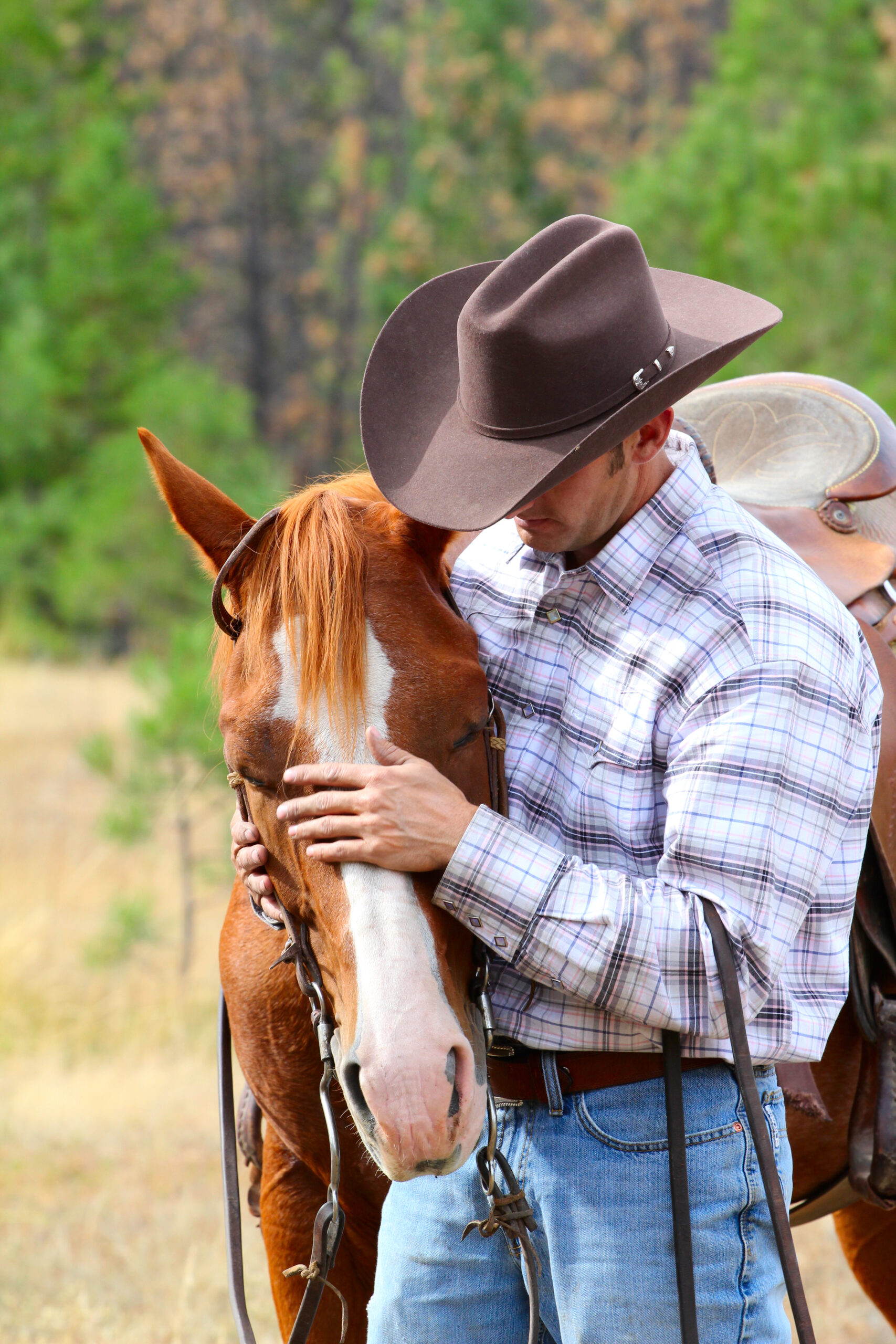Cowboy attire is intriguing and distinct. It encompasses a rich and complex history that has evolved over time.
Modern cowboy wear has evolved to provide both protection from the elements and functionality while incorporating Western tradition and culture. The attire will incorporate regional differences, and preferences, along with consideration of the ranching or cowboy activities at hand.
Cowboys dress the way they do, for:
- Protection
- Functionality
- Culture
- Activities
- Easy Maintenance
Protection
Being a cowboy isn’t an easy job. A cowboy’s environment is rugged, and harsh and often consists of open plains, deserts, or mountainous regions. These terrains also often consist of either extremely hot or cold temperatures. Aside from the terrain and weather conditions, a cowboy also encounters everyday hazards from working on a ranch or riding horses.
- Cowboy Hat: The wide brim offers protection to the face and neck from the harsh sun, rain, wind, and general extreme temperatures.
- Long-Sleeved Shirts & Denim Jackets: Protects the arms from scratches, thorns, and rope burns.

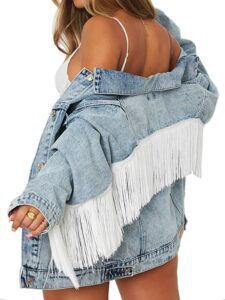
- Cowboy Boot: The thick leather acts as a barrier against potential hazards like rocks, branches, or debris that could cause injury if stepped on.
- Cowboy Jacket: The thick and sturdy nature of leather makes it effective in shielding against thorns, sharp branches, or other protruding objects that can cause injury. When working in brushy or dense vegetation, a leather jacket can help reduce the risk of cuts, scratches, or punctures to the torso and arms.
Functionality
Cowboy wear is designed with functionality in mind, which allows a cowboy to go about their day-to-day routine comfortably.
Some functional aspects that cowboy wear incorporates, include:
- Movement: A cowboy’s jeans and shirt are often designed with a loose fit, which provides for comfortable and unrestricted movement while going about tasks such as horse riding, roping, or working with livestock.
- Durability: Denim and leather are known as staples when it comes to Western wear and for good reason. These materials are very durable and withstand the different wear and tear that comes with being a cowboy.
- Protection: As already discussed, cowboy wear is designed with protection in mind. The wide-brimmed cowboy hat offers protection from the different elements, while the long-sleeve shirts, jackets, and leather chaps protect from scratches, rope burns, and cuts.
- Climate: Cowboys work in different weather conditions, ranging from extreme cold to extreme heat.
Cowboy clothing is designed with functionality in mind, allowing for comfort, protection, durability, and ease of movement. These aspects cater to a cowboy’s tasks, environment, and general day-to-day work.
Culture
Cowboy attire incorporated historical traditions, practices, and influences of the cowboy lifestyle, making it a symbol of the cowboy way of life and the American West. The Cowboy clothing style has been influenced by the clothing style of the Mexican vaqueros, as well as the Texas Rangers and cattle drivers.
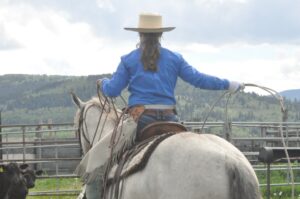

The historical roots stem from the rich history of the West, including cattle drivers, ranchers, and Mexican cowboys (vaqueros). Some of this clothing includes cowboy hats, boots, and bandanas, which are symbolic of the cowboy identity and the American West.
Cultural differences between the different regions of the American West, from the Rocky Mountains to the Great Plains, also reflect the local traditions and preferences of these regions. Not only American Western culture, but there has also been a cultural exchange that has contributed to a cowboy style. This exchange occurred with the Mexican vaqueros and brought such elements as the wide-brimmed hat (sombrero), and vibrant colors often found in a cowboy outfit.
Family traditions were also often passed through generations, contributing to cowboy attire. This includes such things as hat-making, boot-making, and leatherwork. This allowed for the preservation of heritage that are paramount to the cowboy way of life.
Activities
Cowboy attire is heavily influenced by the different activities involved in the cowboy lifestyle. Taking into consideration, practicality, and functionality, and allowing for comfort, protection, and ease of movement while on horseback or tending to other cowboy-related tasks.
Here are some vital activities and their related influence on cowboy attire:
- Ranching: This is one of the main cowboy activities, and being so, clothing needs to be suitable for withstanding long hours in a saddle, and protection against harsh weather conditions. Clothing has consequently developed to be durable, and functional, normally using materials such as denim, and leather.
- Horseback Riding: Cowboys obviously will spend a lot of time riding horses, therefore the attire had to allow for ease of movement, while also offering protection from saddle sores and chafing. The result were such items as the wide-brimmed cowboy hat to offer protection from the sun, sturdy boots with a heel to prevent feet from slipping through stirrups, and chaps for protection from brush and vegetation.
- Roping/Herding: Specific examples of cowboy attire being designed for roping/herding activities, include heavy cotton or denim shirts for protection against rope burns.

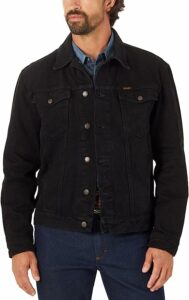
- Working with Livestock: Long-sleeved shirts and durable pants/jeans offer protection from thorns, horns, and other hazards, while also being suitable for general care of livestock, including branding, castrating, and doctoring animals.
Easy Maintenance
With cowboy attire being designed to incorporate protection, functionality, and suitability for general day-to-day tasks, it also became vital for this attire to be easy to maintain. Some examples of this include:
- Sturdy Fabrics: Common cowboy fabrics like denim, canvas, or heavyweight cotton twill are known for their strength and resistance to general wear and tear, which makes them easier to maintain.
- Removable Construction: Reinforced stitching and extra layers of fabric at stress points, such as in pockets, cuffs, and knees help to prevent premature tearing and extends the lifespan of garments.
- Functional Fastenings: Practical fastenings like snap buttons or metal hooks are durable and easy to repair or replace if necessary.
- Boot Design: Cowboy boots are made of leather and normally feature a smooth sole with a slight heel. This allows for easy cleaning and maintenance, as the smooth sole prevents the build-up of mud or other debris.

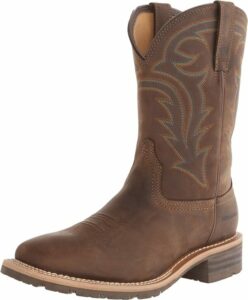
Although cowboy attire has been designed for ease of maintenance, it still requires regular care and attention, such as cleaning, conditioning, and even repairs, to ensure longevity and functionality.




